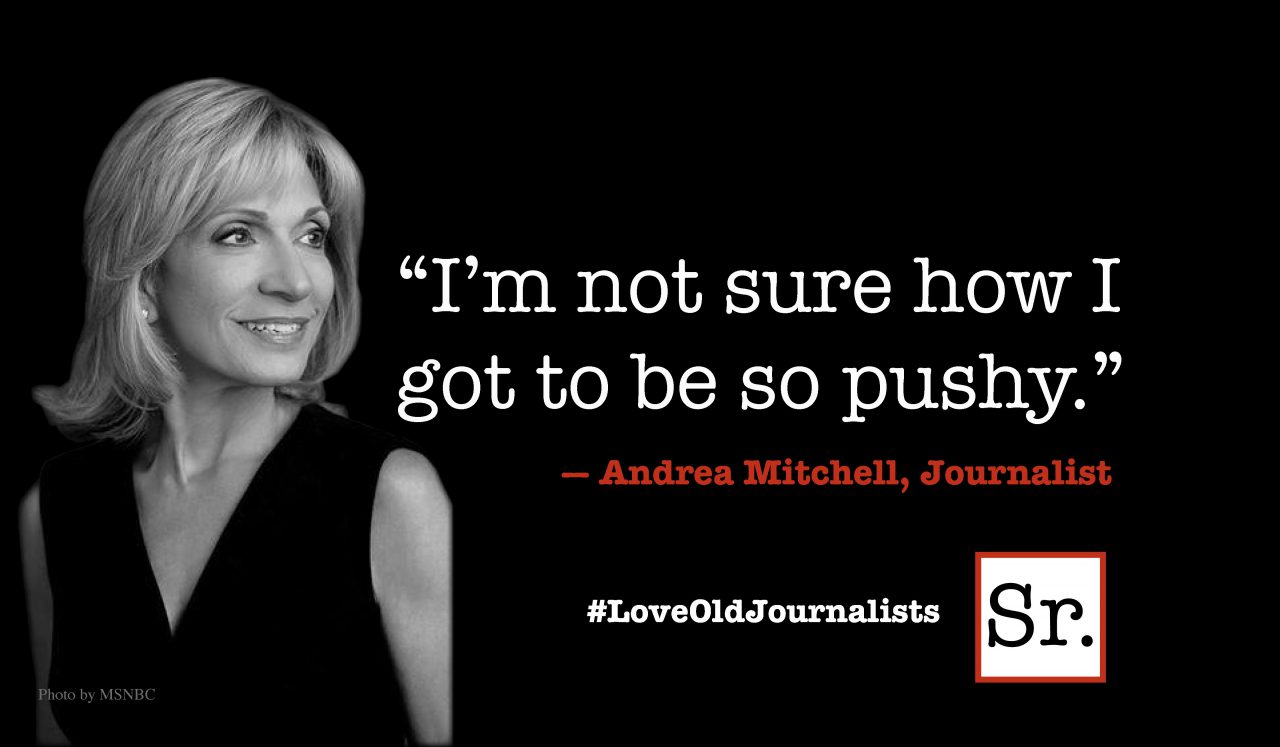The phrase “culture eats strategy for breakfast” is attributed to Peter Drucker and was made popular by Ford Motor Company’s president and CEO, Mark Fields. Though it seems that it might not be an exact quote, the sentiment behind it has been expressed by Drucker and other management gurus. The idea is that organizations that just focus on strategy are missing a huge part of the equation. Strategy must go hand-in-hand with company culture and be mutually reinforcing. In October 2016 I conducted an interview with the outgoing North Carolina Treasurer, Janet Cowell, and she introduced me to the phrase as we talked about changes that would affect executive leaders in the coming year.
As treasurer, Janet Cowell oversaw North Carolina’s $90 billion pension fund and was the financial advisor to local and state government. Prior to becoming treasurer, she was a twice-elected North Carolina State Senator. Cowell received her MBA from the Wharton School of Business and was the first woman to be elected treasurer in the state. She held the position for two terms from 2009 to 2016. Deciding not to seek a third term, and before settling into a new role, at the beginning of this year she travelled internationally and pursued her interest in mission work.
Even though Cowell described herself as a “just do it” person, she believes that in the present business climate the correct answers are not easy to come by: “they tend to be longer term and you have to have the discernment to think through how to construct the right actions and the right coalition to get something done. Even if you have that right strategy, executives need to focus on the broader culture of the organization and how you are incenting all of your employees, how you are messaging what that mission is, and how you are going to get them to buy into it.”
Culture has been called the invisible glue that holds organizations together. It is a system of shared purpose, philosophy, values and beliefs that governs employee behavior. According to Kouzes and Posner (2003), there are five practices of exemplary leaders: they challenge the process, spur a shared vision, model the way, encourage the heart and enable others to act. Performance and productivity are maximized when organizational culture and leadership are in sync.
“I don’t think it is the hard technical skills that are critical right now. I think you need someone who can think about the whole organization. You can hire the hard technical skills. You need the holistic perspective that’s more about everyone in the organization.”
According to Cowell, in 2017 the focus needs to be on communication, interaction and understanding. There is a shift away from the high conviction, hard-charging individual who has all the answers. “It is the people who give themselves the time and space in their life to have the room to mull things over, to hear the different perspectives, to not race to conclusions. I would lean towards possessing and exhibiting some of those softer skills, the bigger picture, but that is just my bias because that is probably how I think, but I see a shortage. You have to marry that with the broader understanding of a business and how so many things can go off the rails because of incentives you never really thought about or the lack of incentives. We can’t predict what’s going to happen with Brexit, or China, or North Korea. There are all these unknowns, so you have to explain and pivot along the way to these longer-term visions. It is the communication at each of those junctures that is important.”
Executive leaders must be the role models and the inspiration. An organization’s culture can evolve when leaders demonstrate the behaviors they want their employees to emulate. Positive leadership and culture contribute to employee engagement and loyalty, service quality, and customer satisfaction.
A resilient culture will help an organization cope with the uncertainty inherent in today’s competitive and turbulent times. The best strategy in isolation will fail without the backing and commitment of the employees in an organization. A culturally vibrant organization always has the advantage. “It’s the people, the leadership, and the ideas that drive the numbers and the results.”








